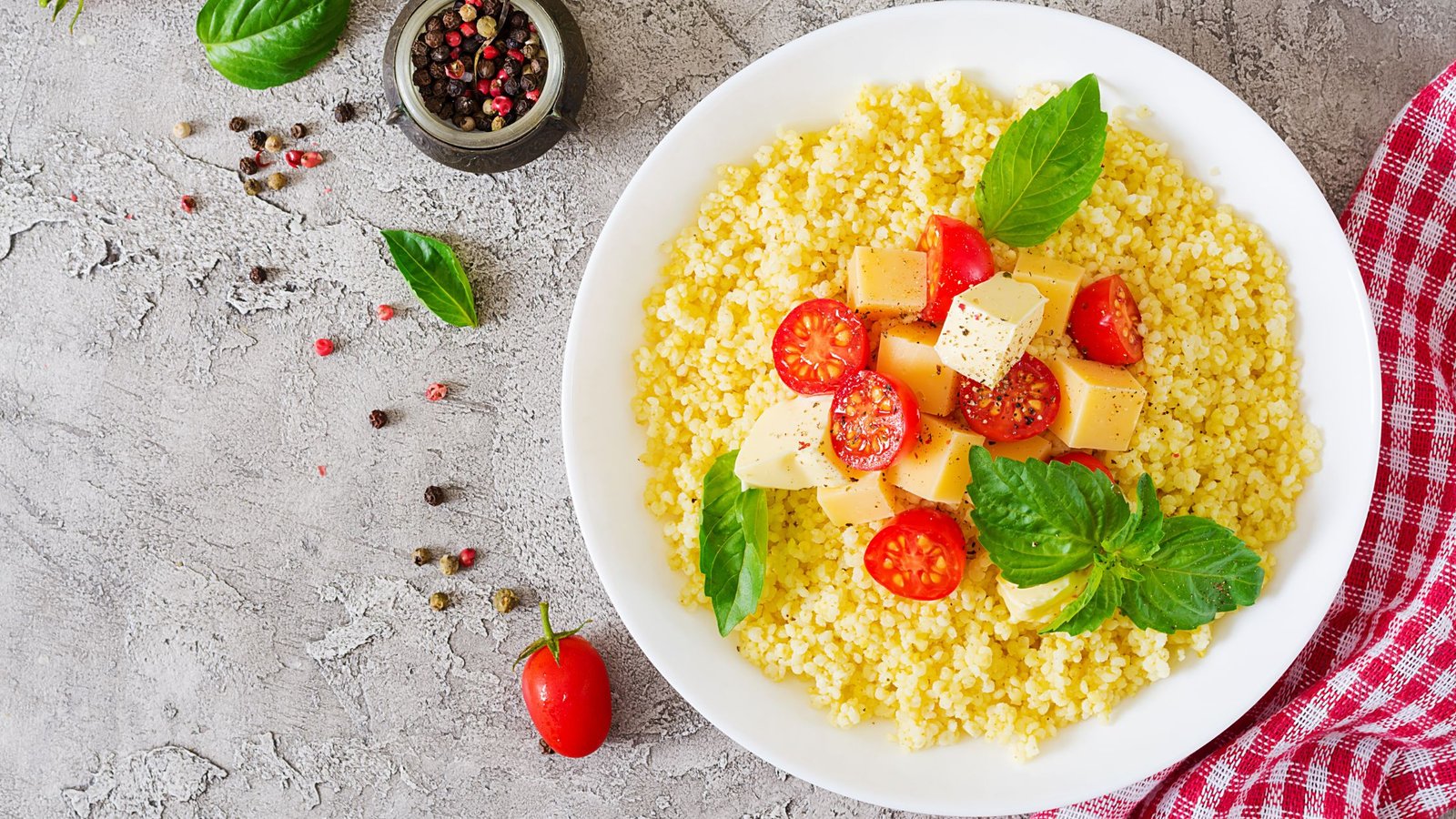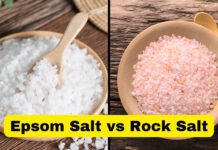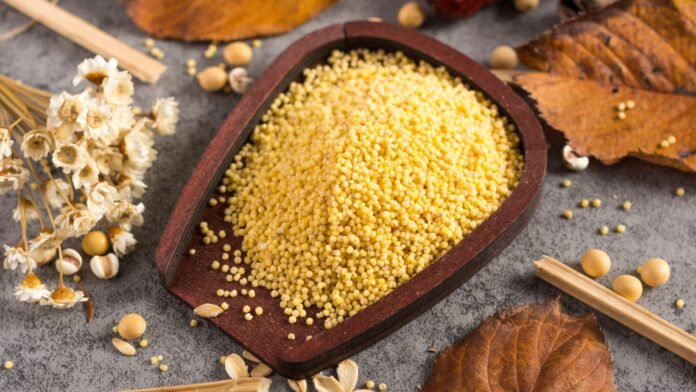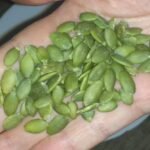Introduction – Why Millet Should Be Your Next Superfood
In recent years, the term ‘superfood’ has gained popularity in the health and wellness industry, highlighting nutrient-rich foods. One such superfood is millet, a small, whole grain cereal with a long history in human diets. Despite its ancient roots, millet remains unfamiliar to many, despite its numerous health benefits. If you’re seeking a new addition to your healthy eating routine, look no further. In this blog post, we will explore the world of millet – its origins, nutritional content, and the many health benefits it offers. We will also provide tips on incorporating this versatile grain into your diet. Join us on this journey and discover why millet should be your next superfood.
Table of Contents
What is Millet?
“Millet” refers to several different grains from the grass family Poaceae. The most commonly known types include pearl millet, finger millet, proso millet, and foxtail millet. Originating in Africa and Northern Asia, millet has served as a staple in the human diet for thousands of years, particularly in regions with arid and semiarid climates. A hardy crop, it can grow in poor soil conditions and withstand high temperatures, making it an important food source in many developing countries today.
Millet boasts a high nutritional profile. It is rich in fiber and proteins, and it provides essential minerals like magnesium, phosphorus, and iron. Moreover, it’s a great source of B-vitamins, particularly niacin, B6, and folic acid. Unlike many other grains, millet is gluten-free, making it a suitable option for those with celiac disease or gluten intolerance. Not only is millet packed with nutrients, but it also has a mild, slightly sweet flavor, making it a versatile ingredient in a variety of dishes. From breakfast porridge to savory side dishes, millet can enrich your meals with its unique taste and nutritional benefits.
Health Benefits of Millet
Millet is more than just a highly nutritious grain; it offers a host of health benefits that underscore its status as a superfood.
A. High Nutritional Value
Rich in vitamins, minerals, and fiber, millet is a nutritional powerhouse. Its high fiber content aids in digestion and keeps you feeling full, while its essential minerals and vitamins contribute to overall health and wellbeing.
B. Gluten-Free Nature
Perfect for those with gluten intolerance or celiac disease, millet is completely gluten-free. This allows individuals with these conditions to enjoy a grain that is not only tasty but also packed with nutrients.
C. Weight Management
Millet can play a significant role in weight loss and maintaining a healthy weight. Its high fiber content can help you feel full for longer, thus reducing overeating and snacking between meals.
D. Heart Health
Millet is heart-healthy. Its high fiber content helps lower cholesterol levels, while its magnesium content plays a role in maintaining a healthy heartbeat and blood pressure.
E. Blood Sugar Control
Millet’s low glycemic index makes it an excellent food choice for those trying to control their diabetes. It can help regulate blood sugar levels and prevent spikes and crashes.
F. Digestive Benefits
The fiber in millet aids in healthy digestion by adding bulk to stools and preventing constipation. It can also help maintain a healthy gut by promoting the growth of beneficial gut bacteria.
G. Antioxidant Rich
Millet is rich in antioxidants, compounds that help the body fight off harmful free radicals. These antioxidants have been linked to a lower risk of chronic diseases such as cancer and heart disease.
Incorporating millet into your diet can lead to these health benefits and more. From those managing weight or heart disease, to those with celiac disease or diabetes, millet is a versatile and beneficial addition to any diet.
How to Incorporate Millet Into Your Diet

Millet, a small, versatile, and nutrient-rich grain, is a wonderful addition to your daily meals. It is not just gluten-free and antioxidant-rich, but also plays a role in weight management, heart health, blood sugar control, and healthy digestion. Now, let’s explore some delicious and easy ways to incorporate millet into your diet.
Start with Breakfast
A bowl of millet porridge can be a fantastic start to the day. Cook millet in milk or a dairy-free alternative until creamy. Top it with your favorite fruits, nuts, or seeds for a healthy and fulfilling breakfast.
Switch from Rice
Millet can be a great substitute for rice. Next time when you make a stir-fry or curry, try pairing them with cooked millet instead of rice for a healthier alternative.
Power up Your Salads
Give your salads an extra punch of nutrients by adding cooked millet. It provides a delightful crunchy texture and makes your salad more satisfying.
Baking with Millet
Millet can be ground into flour and used in baking. Millet flour can be a great choice for making bread, cakes, and muffins, especially for those who are gluten intolerant.
Millet as a Snack
Ever thought about snacking on millet? Puffed millet can be a great snack option. You can also use it to make a healthier version of rice crispy treats.
Remember, when incorporating millet or any new food into your diet, it’s important to do so gradually to allow your body to adjust. Happy eating!
Conclusion
In conclusion, millet’s status as a superfood is well-deserved. Its rich nutritional profile, coupled with its wide range of health benefits, makes it a worthy addition to any diet. From weight management to heart health, and from diabetes control to digestive wellness, the advantages of incorporating millet into your meals are numerous. Moreover, its versatility in cooking opens up a multitude of culinary possibilities.
Whether you’re looking for a gluten-free grain option, trying to enhance your nutritional intake, or simply wanting to diversify your diet, millet provides an excellent choice. As we continue to discover more about the power of food in promoting health and wellness, millet stands out as a testament to the fact that sometimes, the most potent superfoods are those that have been under our noses all along.
So why not give millet a try? Who knows, it might just become your new favorite grain!
Frequently Asked Questions (FAQs)
What is millet?
Millet is a type of cereal grain that is often overlooked in favor of more common grains like wheat and rice. It has a rich history and is highly nutritious.
What are the health benefits of millet?
Millet is packed with vitamins, minerals, and fiber. It’s gluten-free, making it an excellent choice for those with gluten intolerance. It can also contribute to weight loss, heart health, diabetes control, and improved digestion.
Is millet good for weight loss?
Yes, millet is low in calories and high in fiber, which can help you feel full longer, reducing the tendency to overeat.
Can people with diabetes eat millet?
Yes, millet has a low glycemic index compared to many other grains, which means it doesn’t cause a large spike in blood sugar after eating, making it beneficial for people with diabetes.
How do I incorporate millet into my diet?
There are many ways to incorporate millet into your diet. You can use it as a substitute for rice, make it into porridge, or even use it in baking.
Where can I buy millet?
Millet can be found in health food stores, some supermarkets, or online. Look for whole grain millet for the most nutritional benefits.
Is millet a superfood?
Given its rich nutrient content and various health benefits, millet can indeed be classified as a superfood.
Is millet gluten-free?
Yes, millet is a gluten-free grain, making it a safe choice for those with celiac disease or gluten sensitivity.
What does millet taste like?
Millet has a mild, slightly sweet flavor. It can take on the flavors of the foods and spices it’s cooked with.
How do I cook millet?
Millet can be cooked similarly to rice or quinoa. It can be boiled, steamed, or even popped like popcorn.















